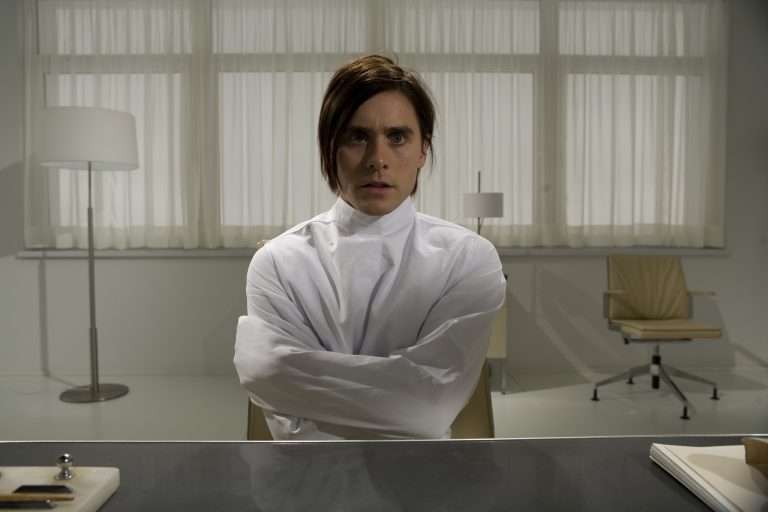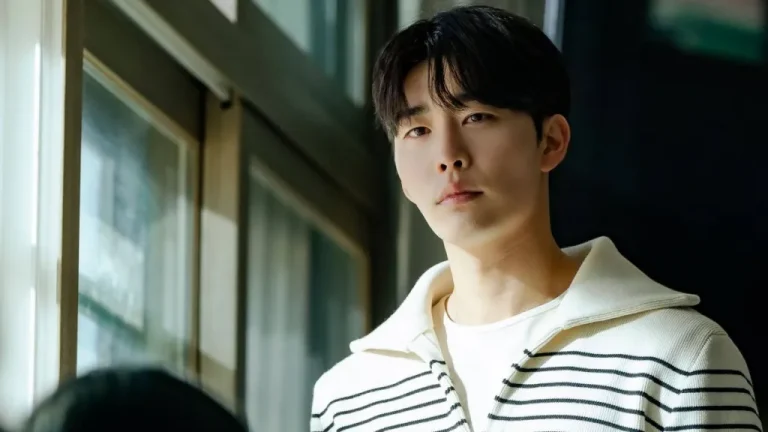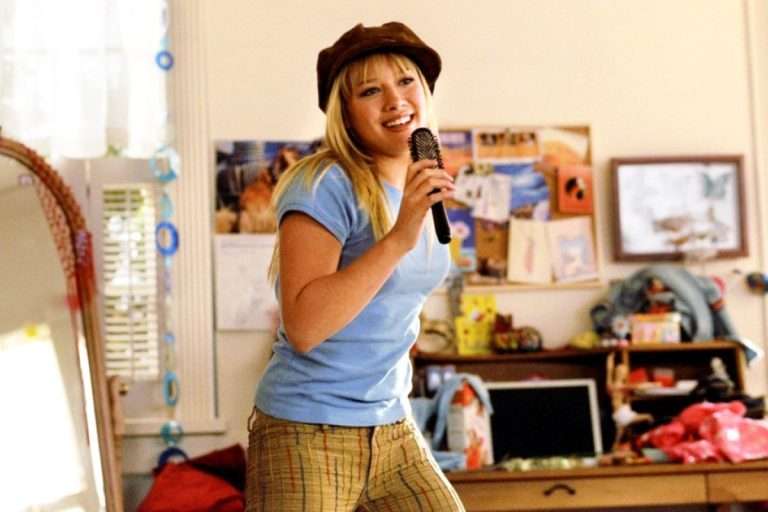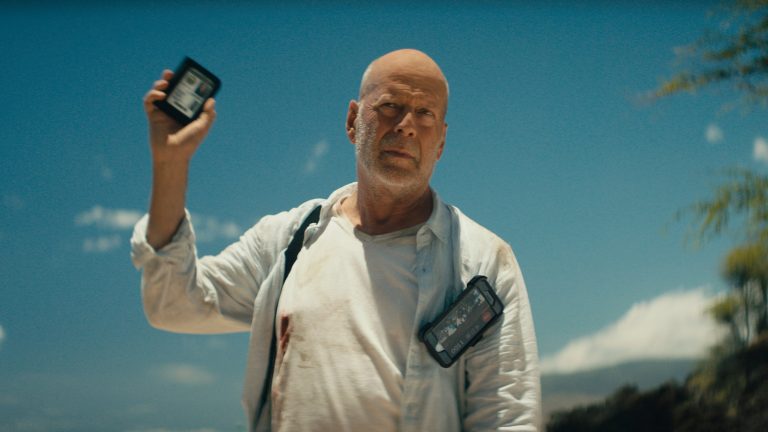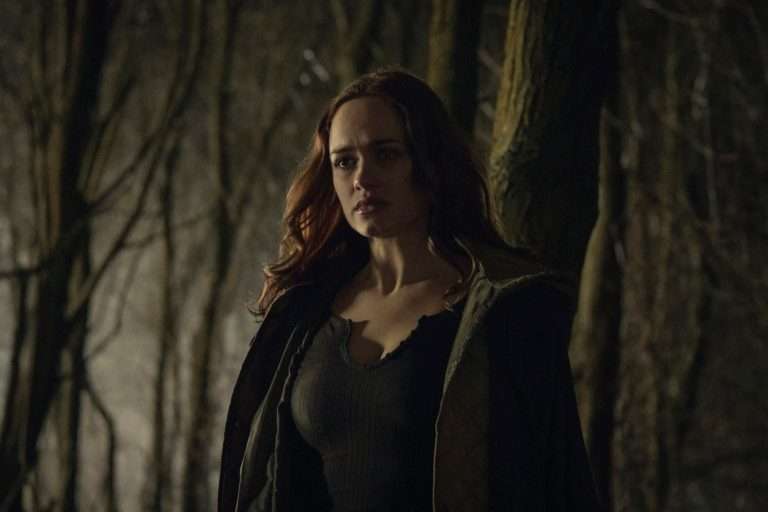Strobes of perturbative red glare luminous over a lonesome donkey’s ostensible sorrow. The very next moment, desultory tranquility washes over EO. And yet, that is not something that gets brayed metaphysically. All that is evoked within us is not admittedly communicated through EO’s doe eyes. The very grasp of all that EO sees does, and walks through is essentially a torrid reflection of our own notions of existentialism. And when each of Michal Dymek’s devastatingly poetic frames is to be elucidated by the distinct brand of ego each viewer projects onto the animal, a blanket interpretation of EO is hardly fair. While not necessarily preternatural, what is earnestly created by Jerzy Skolimowski’s 84-year-old cinematic sensibilities is an experience that will summon exclusive emotions for each person witnessing it.
Unlike Au Hasard Balthazar’s handheld tour that invariably gasps dreadful notes of misery and pity, the Polish director’s Cannes Jury Prize adorned homage to the 1966 masterpiece dares a serene path to be walked on by the wayward donkey. That is not to say that EO’s persevering hooves traipse through a fairytale Poland. But the precedented human question, which has the evolved species flowing and retracting from the icy look on nature’s face, is organically dovetailed with a neutral representation of each circumstance that befalls EO on his journey.
EO (2022): Plot Summary and Movie Synopsis
Circus-born mule EO recollects his emergence to life through a rebirth trick he performs to garner himself some applause and his trainer Kasandra a measly livelihood. Seizuring flashes of the red screech of the looming dread very close to EO’s face. Kasandra caresses EO with the most aching love she can beseech in their dreary tent. It is a love that EO has softened himself to. It is a love that passes him by when a notice of seizure is slapped on the bankrupt circus. Kasandra is rabid to find her donkey being lashed by his unfeeling chaperone.
Wordless EO passes through, leaving only the steeliness of a hideous junk pile behind. Earthshattering outrage orchestrated by a Polish group of animal rights activists cheers the government’s benevolent decision to ban the cold-blooded exploitation of animals in circuses. A sudden advent of an animal transporter van confines EO in its ruthless metal chamber. Tears flow profusely down Kasandra’s helpless face as it rips her heart out to see EO being stolen away from her loving embrace.
Where Does EO Go?
An aching drop born of the agonizing separation makes its way out of EO’s profound eyes. He passes the lively greens of a meadow and, through the cracks of his confinement, looks out at the glorious horses with their glimmering mane flowing proudly in the air. For today, for the triumphal celebrations of the stable he has been taken to, EO is their mascot of victory. The transient affection of a carrot garland he has been snacking on turns into a more probable life of hauling carts. Around EO’s hapless existence, revered horses are trained and given a rigorous rub down. Schlepping the fodder around to help satiate the superior species, all EO munches are leftover hays. The prankish donkey, however, unintentionally takes his irritability out on a shelf of trophies that the horses most likely earned, as he knocks it over and rebelliously runs off.
What Does EO’s Journey Consist of?
Skolimowski’s choice of giving EO’s journey insistently opaque turns doesn’t allow much space for conjecture. How and why he is going somewhere is bereft of the significance of where he is going. EO’s mystical thoroughfare leads him to a small-scale farm sweetened with children’s laughter and comforted by other donkeys’ company. We may be relying on EO’s myopic perspective to see the world around him for the most part, but wondering about a donkey’s thoughts and feelings can’t possibly spawn a coherent outcome.
All we do discernably see is that EO hasn’t particularly taken to the farm. His frantic upsurge of agony caused by an unforeseen and short-lived visit from his beloved trainer only makes him venture out on his lonesome. Much of his life in the aimless wild experience the indifference of other animals and the intrusion, both loving and savage, of humans. And when the peripherals of the shots are expanded into a grander stance, a contemplative juxtaposition of nature and man takes place, having the donkey in the thick of it all.
EO curiously follows the plunges of a toad into the moonlit woods and sees the painstaking weaving rituals of a spider–a species-particular burden that EO inherently isn’t afflicted with. He sees death aplenty, and the unemotive mule is designed to walk past a panting wolf, dying of a poacher’s bullet and a dead bird killed by a windmill. Sometimes though, EO is haphazardly communicative. He is found braying at the top of his voice as he stares at the fish in a tank.
With people handling him with as much respect or disregard as they can muster, EO is too inquisitive not to follow where he is led. In what seems to be a day, the donkey has inadvertently caused a botched soccer match, he has been made to join the loud rally of the winners, and he has even been offered some celebratory beer if only to be mercilessly thrashed by the losing team’s hooligans by the time the night ends. Cursed as he may be with the weight of involuntary perseverance, EO’s life sees rigid ups and downs the longer he is made for walking on his weary hooves.
EO (2022): Themes Analyzed
The Limitations Of Benevolence
Reform comes in snail-paced phases. There invariably are forsaken and forlorn collaterals in any mode of bringing forth a change that is yet to reach its ideal manifestation. What happened to the circus where EO found a home only comes across as cruel in EO and Kasandra’s wretched context. The miserable exploitation of circus animals is a monster that must be fought. And while that was the intended approach of the well-meaning activists that prompted the circus’ demise, what they didn’t stop to think of was the ambivalent future of the animals.
Sure, it’s a thing to celebrate that EO doesn’t need to be subjected to back-breaking labor to amuse the selfish crowd that derives pleasure from seeing animals perform tricks. But is it any better for the donkey who is made to pull carts in the stable he ends up in?
In the circus, EO was under his trainer’s reliable and loving watch, who would have never let any harm come his way. Out in the bewildering unknown, EO faces rapid occurrences of dangers that he can’t possibly fend off. A vicious chain reaction of underthought acts of goodness only leads EO down a darker spiral. EO is only at the soccer match as he is unchained by a stranger who was hurt by the sight of a tied-up animal. He is only at the bar to be ferociously beaten up because the team that won wanted him to be a part of their celebration. EO is seldom met with the vile face of danger when he is left to be as he is. It is when man interferes with the way his life is going that EO is forced to succumb to all-consuming devastation.
Love And Brutality
The only obvious thought that the narrator imagines the donkey to have is his longing for Kasandra. Skolimowski’s film isn’t minimalistic in any sense. But only in one staggering moment of the donkey’s intrinsic crisis the film makes a fleeting space for melodrama. EO cries when he is taken away from Kasandra. All the other equally affecting, if not more so, instances of his hypothetical thoughts of Kasandra come in flashes of his memories of the girl lovingly caressing his coat.
As seen and heard in his thoughts, the emotive look on Kasandra’s face and her ardent gasps almost bear sexual connotations. EO feels the loving company of humans again when the people at the little farm take him in. And yet, the soothing air of the farm and the larger portion of their affections are reserved for their own species while EO and his likes only receive the scraps. Horrid specimens of the ugly side of mankind sadly are more prevalent in EO’s journey. It is a convoluted idea even to address the reason why EO evades the poacher’s bullet in the woods. It may just be that the shooter’s aim isn’t right.
In fact, it is even more disturbing to think that the hunters don’t even see EO as a worthy trophy to hunt and bring back. EO himself isn’t shown to be a being bereft of spontaneous violence. We don’t know if he feels rage. And therefore, we don’t know if it is his radical vigilantism that makes him use his hoove to kick the life out of a man who ruthlessly murders ferals in a shelter.
It may as well be how a donkey reacts when he is relentlessly implored to walk and doesn’t want to. And yet nothing else surpasses the absolute terror that is conveyed by the exceedingly random and pointless brutalization of a donkey by the savages overcome by ghoulish instincts. In a passive yet fervently suggestive moment, a man has his throat sliced in an arbitrary act of violence. The trepid lines separated by species converge in a dejected truth of the world which doesn’t see any difference between a man and an animal’s randomness of fate.
EO (2022): Ending Explained
What Do Vito And The Countess Stand For In EO’s Story?
Hovering steadily over the totality of the story is the parabolic question of what an animal thinks or feels. Is it entirely a projection of our own emotions that the tale of EO is unfolding? Or does the anthropological observation of the animal scours EO’s journey for traces of feelings? The maker himself, or even the monumental creation that he was admittedly inspired by, can not go further than hypothesizing what a donkey may be feeling if he is feeling anything at all, as he’s giving in to the cycle of events that life has chosen for him.
For the most part, EO is shown to be a humble spectator of all that transpires around him. Just as he is powerless against the decisive choices that his fate makes for him, his close presence in the lives of the people that spend an ephemeral moment with him is entirely ineffectual.
The most keen-eyed observation of EO’s behavioral indifference is made through his chance meeting with Vito. A ne’er-do-well whose car breaks down, and he is affluent enough just to leave it behind. He glances at EO’s delightful eyes and sees an animal he would like to bring home. EO’s Poland peregrinations come to an end when he is taken to Italy to stand outside the Countess’ home and feast on some grass. He wants no part of the effervescent tension growing within the mansion where the countess’ stepson, Vito, is being reprimanded for his reckless expenditures.
For the very first time, a thorough observation of two of the most intriguing characters steals focus from our animal protagonist. As we gapingly gaze at the countess’ passive release of anger through the destruction of some pretty fine china, we are pulled into the human drama only to feel just how astoundingly EO is detached from it. The alarmingly sexual rendezvous of a man and his stepmother is glaringly collocated in the carefree EO, who sees the gate open and walks out.
What Happens To EO At The End?
As EO stops at a bridge overlooking a waterfall, the violent flow of the water curls back into itself as though it is finding its way back to a quieter, more serene past–something that EO can not do, however morosely he may want to. He has somehow been located by a cattle herding butcher who, sadly, hasn’t discriminated against his donkey identity. EO perhaps isn’t especially familiar with, or even comfortable in, the drab company of bovines. But walk he must. It is all he has ever done uncomplainingly as his species aren’t gifted with the opportunity, or should I say delusion, of having a choice. What he is heedlessly walking to is a slaughterhouse.
And just like every other instance of the despicable abuse he faces at the merciless hands of people, his death takes place away from our eyes. All we hear is the gut-wrenching sound of the captive bolt pistol, and we know that the donkey we’ve come to care for has been killed for consumption. The desolate dreadfulness of the peculiar relationship between man and animals is achingly communicated through the death of a donkey whose flesh may end up being consumed by Vito, someone who quite enjoys the taste of the same.


